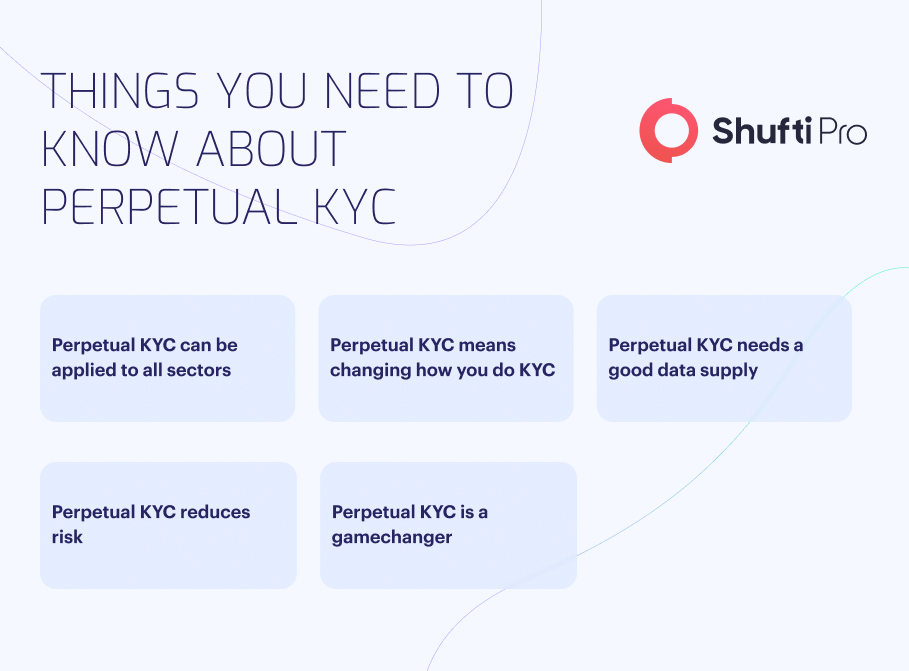Blog
Evolving Regulations Shaping Digital Crypto Ecosystem – How Shufti Can Help
Since the start of civilization, humans have used money in several different ways, and throughout...
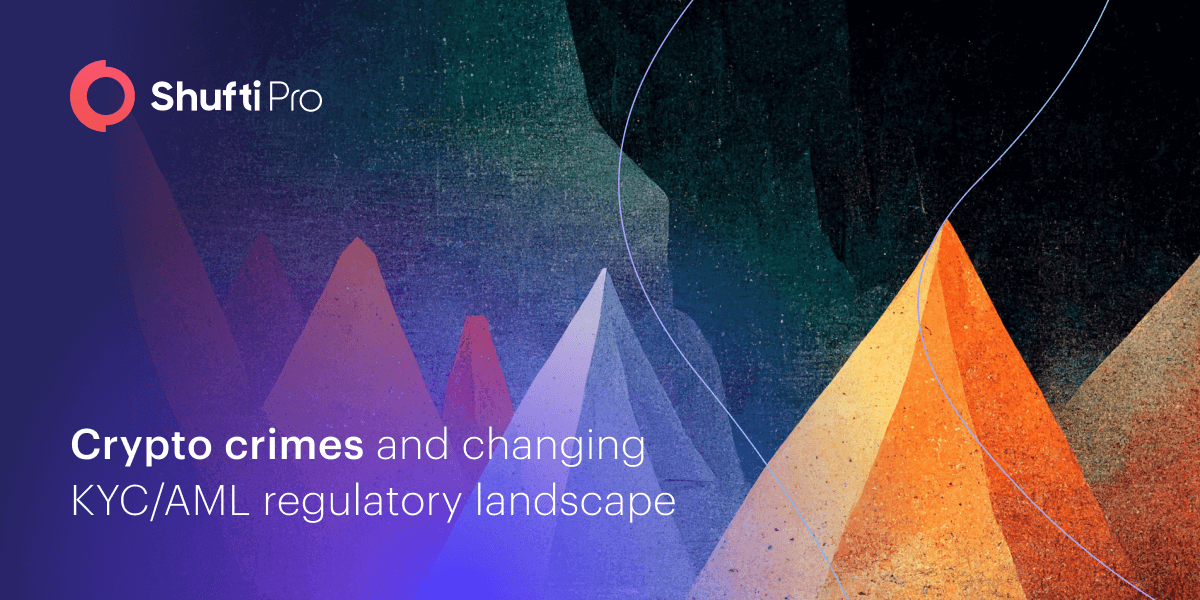 Explore More
Explore More
Blog
Digital Safety for Social Media, Gaming & E-Commerce Platforms
As people and businesses are getting more and more connected online, social media continues to pl...
 Explore More
Explore More
Blog, Identity & KYC
Biometric Identification is On the Rise in Education Sector
An acceptable method of identification i.e. biometric technology is hitting the education industr...
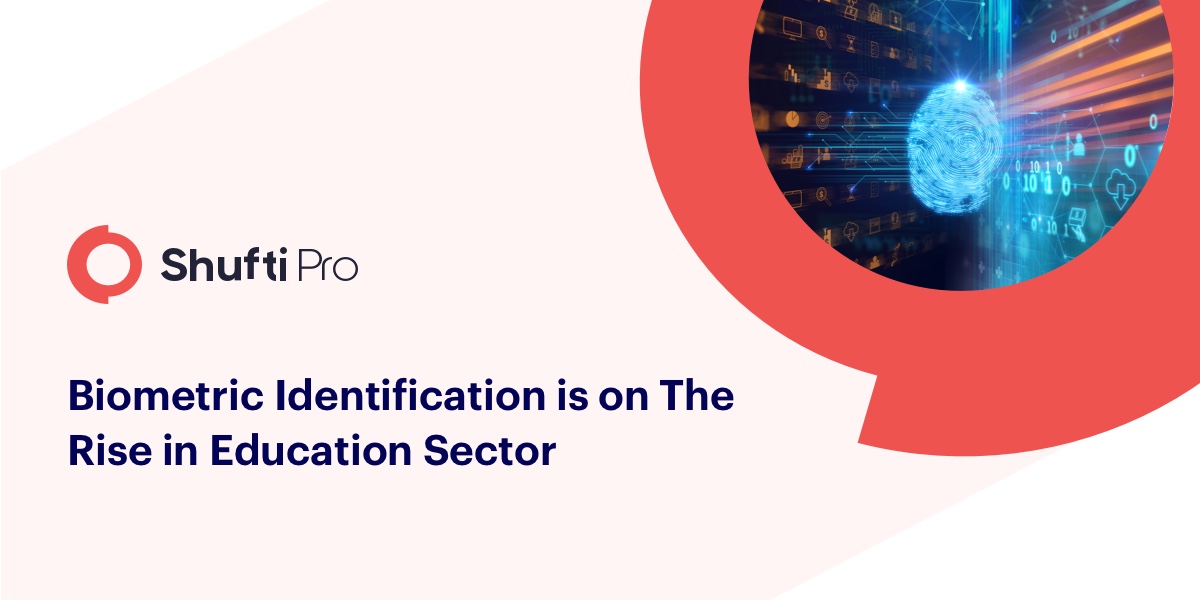 Explore More
Explore More
Blog
AML Compliance and Digital Banks – Understanding the Evolving Regulatory Landscape
The emergence of new technologies in FinTech, increasing use of digital currencies, and alternati...
 Explore More
Explore More
Blog
The Role of Biometrics in Combating Money Laundering and Identity Fraud
The fast-paced growth of biometric technology and its widespread adoption in the financial and he...
 Explore More
Explore More
Blog
Face Verification – Trends and Benefits for the Corporate World in 2021
Face verification technology has gained popularity over the past few years. A biometric authentic...
 Explore More
Explore More
Blog, Business Technology
Fraud Prevention in Fintech Industry
The FinTech industry has really made its mark in the last couple of years. FinTechs have been pro...
 Explore More
Explore More
Blog
Top 7 COVID-19 Related Scams and Frauds to Look For in 2021
It has been more than a year since the COVID-19 pandemic took the world by storm. Where the globa...
 Explore More
Explore More
Blog
Top Applications of Facial Recognition Technology in the Digital Age
Facial recognition technology is biometric security in which an individual’s physical trait...
 Explore More
Explore More
Blog
Strengthening digital businesses with online age verification
It is projected that by the end of 2021, 2.4 billion will buy products and services online, up 46...
 Explore More
Explore More
Blog
4 Tips to avoid digital payment frauds
Due to the contingency caused by the rapid expansion of the Covid-19, online transactions have in...
 Explore More
Explore More
Blog
Risk Assessment: Building Trust Among Travellers
The travel and tourism industry is among the largest in the world. Many countries, such as the UA...
 Explore More
Explore More
Blog
Crypto Regulations 2021 – What Digital Currency Providers Need to do
Cryptocurrency has been a hot topic ever since its advent in 2009. The ability to draw investor a...
 Explore More
Explore More
Blog
Spreading Holiday Cheer with a Heartfelt Donation to Crisis UK
As the holiday season approaches, we often reflect on how we can give back to our communities. Th...
 Explore More
Explore More
Blog
AML Compliance – Korean Crypto Exchanges Join Hands to Fight Money Laundering
Cryptocurrency has been notoriously criticised for money laundering and other illicit activities ...
 Explore More
Explore More
Blog
Leveling Up Identity Verification To Meet This Moment
Companies around the world contend with two digital identity challenges that seem mutually exclus...
 Explore More
Explore More
Blog, Identity & KYC
10 Quick Tips Regarding Identity Theft Protection
Identity fraud has grown substantially in the past two decades, and unfortunately, it is here to ...
 Explore More
Explore More
Blog
Spreading Holiday Cheer with a Heartfelt Donation to Crisis UK
As the holiday season approaches, we often reflect on how we can give back to our communities. Th...
 Explore More
Explore More
Blog
Top 7 Gambling Trends to Look Out for in 2023
Going from a few billion dollars to over $81 bn in a matter of a decade is astronomical for any i...
 Explore More
Explore More
Blog
5 Benefits of Optical Character Recognition in the Classroom
Optical Character Recognition (OCR) goes beyond just processing documents and boosting businesses...
 Explore More
Explore More
Blog
The Most Common Bank Scams and How e-IDV Can Help
Protecting customers against diverse types of fraud is a continual practice for banks and credit ...
 Explore More
Explore More
Blog
International ID Day – An Overview of the 2021 Identity Landscape
The International ID Day is not marked on everybody’s calendar but is of significant value for ma...
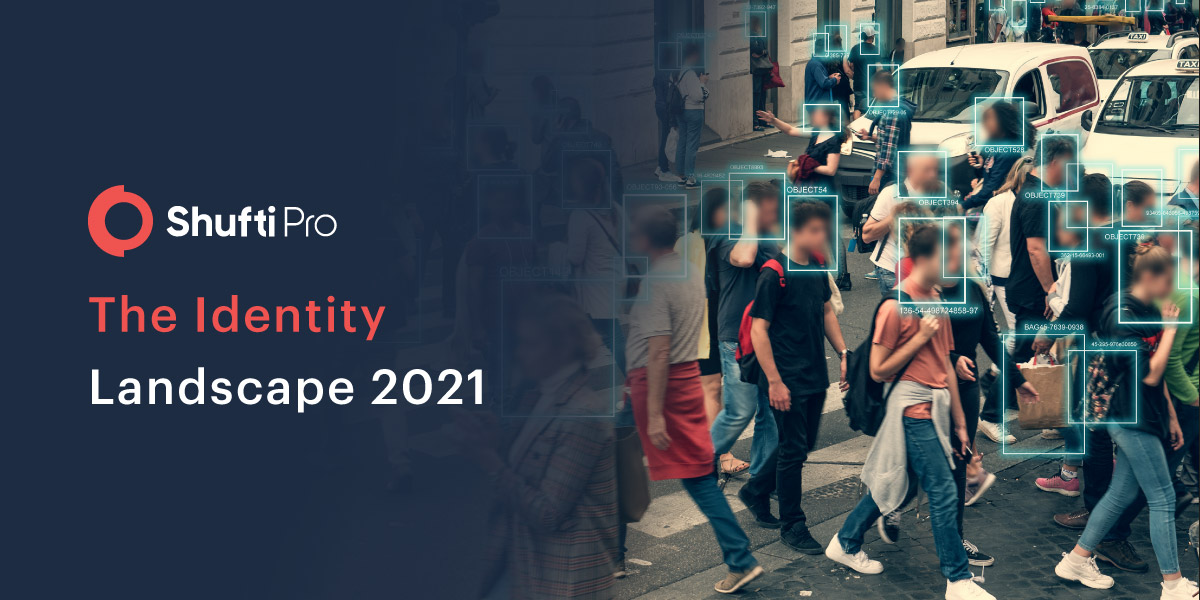 Explore More
Explore More
Blog
Initial Exchange Offerings (IEOs) – A Detailed Insight
The advent of the Crypto industry brought decentralized and innovative fundraising ways. One of t...
 Explore More
Explore More
Blog
CFT & AML Compliance To Hold Back Financial Crimes
In this digital era, many factors are greasing the wheel of money laundering. Due to online trans...
 Explore More
Explore More
Blog
Regulatory Compliance | The Importance of Age Verification on Betting Sites
Online betting sites and gambling platforms frequently face significant challenges in adhering to...
 Explore More
Explore More
Blog
High-Risk Countries and The Significance of AML/CFT Regulations – How Shufti Can Help
Money laundering and terrorist financing are becoming a global concern. To overcome the risk of c...
 Explore More
Explore More
Blog
Basel AML Index 2021 – Evaluating the Risk of Money Laundering Worldwide
The threat for money laundering and terror financing continue to increase with global anti-money ...
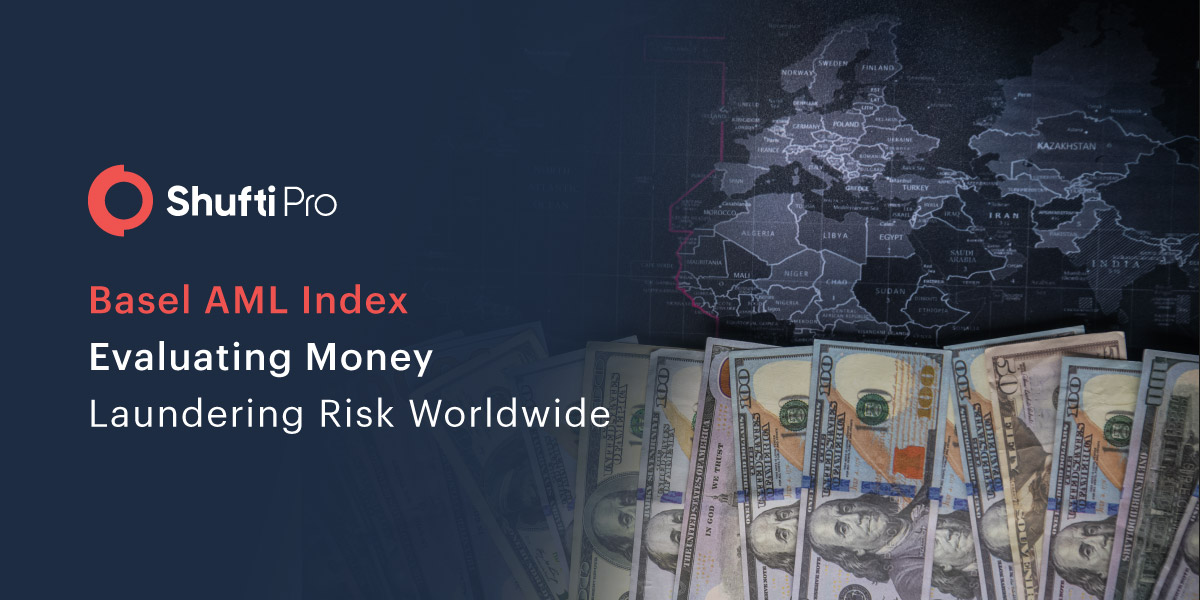 Explore More
Explore More
Blog
Politically Exposed Person – An unsaid threat to Businesses
A politically exposed person or PEP is the one who has been assigned to perform prominent public ...
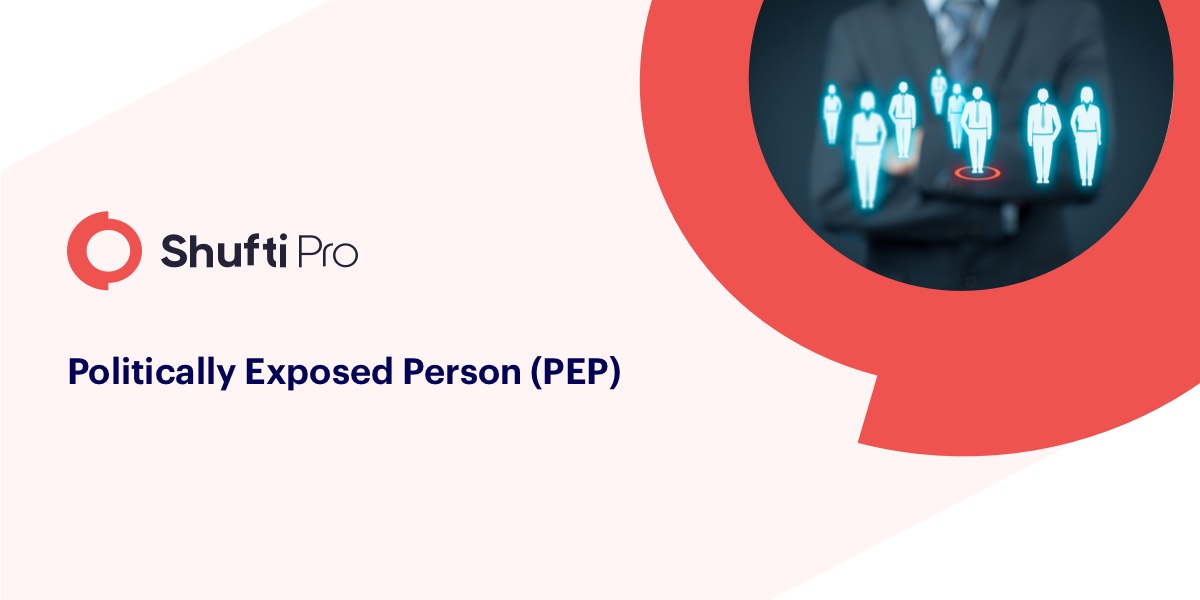 Explore More
Explore More
Blog, Financial Crime / AML, Identity & KYC
All You Need To Know About KYC Compliance
Financial crimes are increasing at an immense pace. As per the United Nations Office of Drugs and...
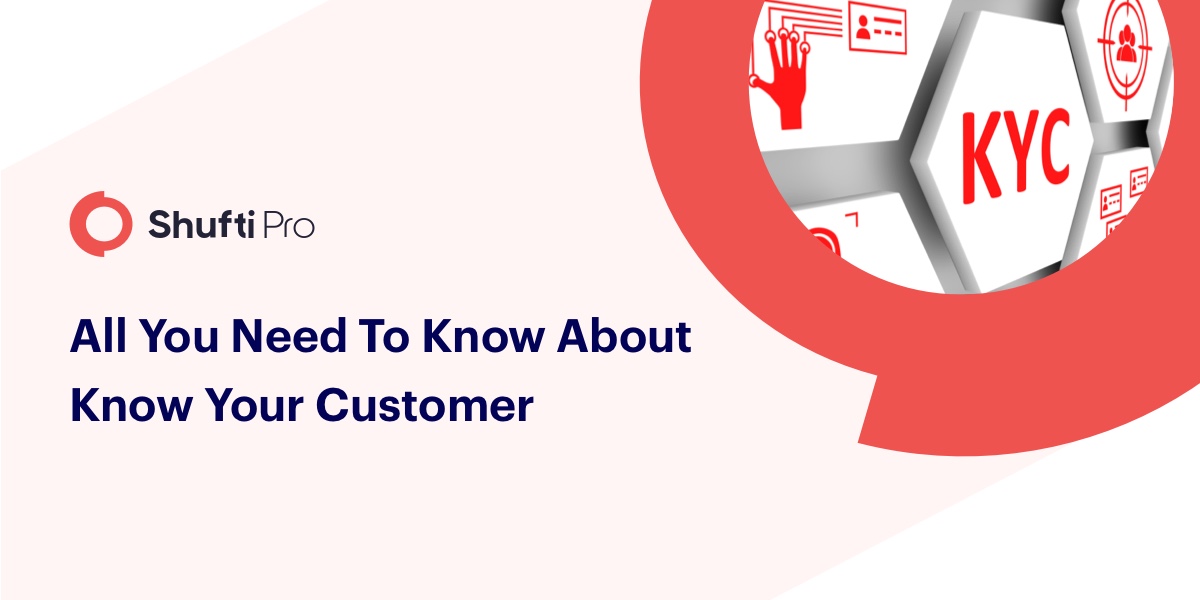 Explore More
Explore More
Blog
Ensuring Compliance and Securing Business Reputation – How Shufti Can Help
In the highly digitized world, businesses are partnering with each other to serve mutual interest...
 Explore More
Explore More
Blog
The Role of Biometrics in Combating Money Laundering and Identity Fraud
The fast-paced growth of biometric technology and its widespread adoption in the financial and he...
 Explore More
Explore More
Blog
Top 6 Practises For Your Business To Pinpoint Key Risk Areas
As global industries continue to evolve and digitise, customer risk assessment has become a criti...
 Explore More
Explore More
Blog
Document Verification Checks: Streamlining the Onboarding Process for New Customers
Verifying documents is critical to regulatory compliance, risk assessment, and many organisations...
 Explore More
Explore More
Blog
The State of KYC/AML Compliance in Commonwealth of Independent States (CIS) Region
Commonwealth of Independent States (CIS) is among the largest regions of the world with numerous ...
 Explore More
Explore More
Blog
AML & KYC Compliance – 5 Ways AI is Supporting the Fight Against Financial Crimes
Reforming AML & KYC Compliance Structures for Financial Institutions
The capabilities ...
 Explore More
Explore More
Blog
Effective Sanctions Screening | A Guide for Compliance Professionals
Sanctions are crucial in combating financial crimes and maintaining national and international se...
 Explore More
Explore More
Blog
The 5 Pillars of Anti-money Laundering Compliance
Imposters often “launder” money acquired through illegal activities, like drug trafficking, so th...
 Explore More
Explore More
Blog
Identity Verification and Prevailing Crimes – How Shufti’s Proof of Verification Services Can Help
With growing digitization, emerging technologies, and increased use of online transactions, a hug...
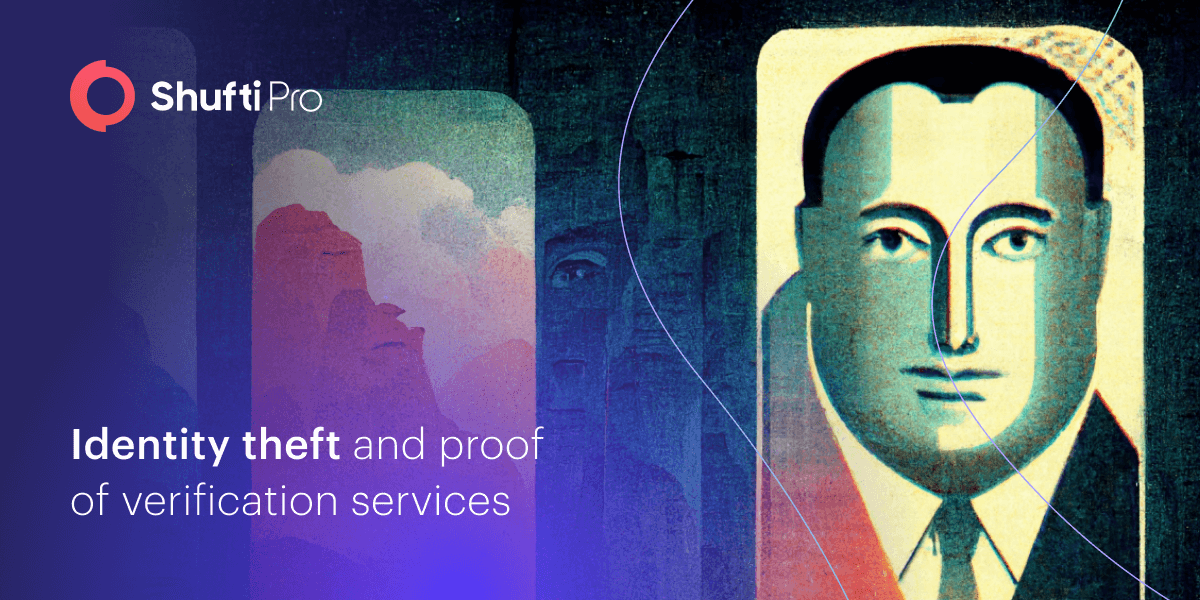 Explore More
Explore More
Blog
Addressing Regulatory Compliance in Online Gambling with Effective AML Screening
The internet is a key risk element for gambling because it gives the user a sense of obscurity, t...
 Explore More
Explore More
Blog, Online Marketplace
Ride Sharing Services and ease provided by KYC Services
Ride Sharing services might be the hottest form of transportation especially in developed countri...
 Explore More
Explore More
Blog, Identity & KYC
Know Your Patient: Anti-Fraud Pill for Healthcare Industry
Know Your Patient: The healthcare industry is more prone to data breaches than any other industry...
 Explore More
Explore More
Blog
Intelligent Security Systems & Digital ID Verification
Most technology solutions present a compromise between convenience and security to their users. I...
 Explore More
Explore More
Blog
Navigating the Evolving Landscape of Forex Trading: Insights from Hachem Rifai
The foreign exchange (Forex) market stands apart as the largest and most liquid financial market ...
 Explore More
Explore More
Blog
Augmented Intelligence – What 2019 have for AI systems?
Admittedly, Artificial Intelligence or AI has gained a considerable amount of ill reputation from...
 Explore More
Explore More
Blog
Know Your Business (KYB) | Ensuring Financial Security
The Know Your Business solution standard verifies a company’s legal standing and confirms i...
 Explore More
Explore More
Blog, Online Marketplace
Know Your Customer Verification for Charity Organisations
They say no good deed goes unpunished, if we were to take a look at it literally the frauds that ...
 Explore More
Explore More
Blog
Top 5 Payment Trends Transforming the Commerce Sector in 2021
Financial markets across the globe saw many unpredictable changes due to the pandemic last year. ...
 Explore More
Explore More
Blog
Divergent AML/CFT Rules and Cross-border Payment Challenges – What FATF Has to Say?
While addressing AML/CFT requirements for cross-border payments, the global financial watchdog, F...
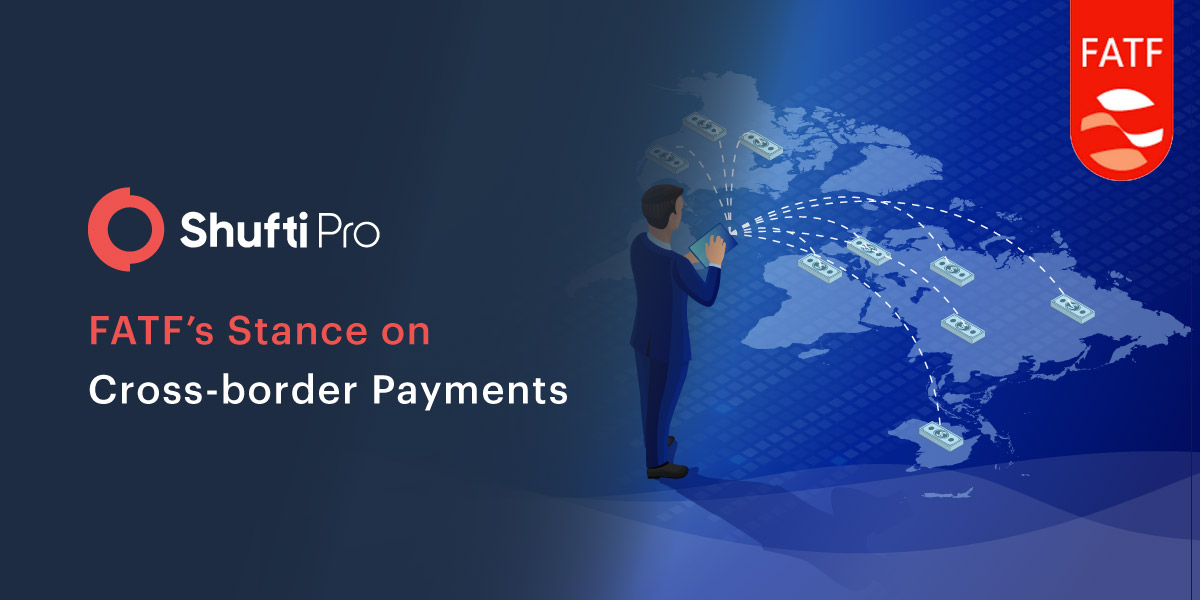 Explore More
Explore More
Blog
How OCR Helps in Fighting Financial Crimes?
OCR, also known as Optical Character Recognition, isn’t a new technology. However, it’s use in fi...
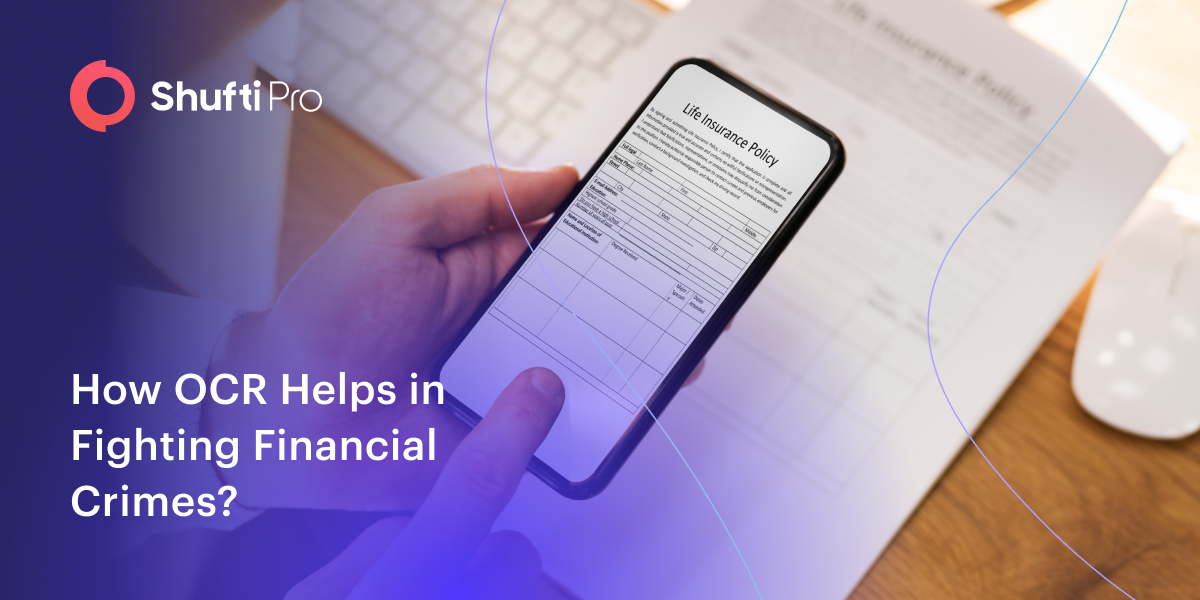 Explore More
Explore More
Blog
AML Screening – Combating Money Laundering in Luxury Vehicle Dealings
Financial criminals usually look for priceless items like art, antiquities, as well as luxury veh...
 Explore More
Explore More
Blog
Top 5 Industries that AI will Transform in 2021
Artificial intelligence is becoming a comprehensive and encyclopedic term to describe any innovat...
 Explore More
Explore More
Blog
Identity checks – A Profitable Business Strategy or Another Business Expense?
Online commerce is a necessity of every business these days. With nearly every consumer carrying ...
 Explore More
Explore More
Blog
Trade based money laundering – Challenges, detection and prevention
Back in 2006, Financial Action Task Force (FATF) emphasised on new measures and strategies for ba...
 Explore More
Explore More
Blog
Age Verification: Comply with Global Regulations or Face Reputational Damages
In the digital age, businesses that operate online face a significant challenge when verifying th...
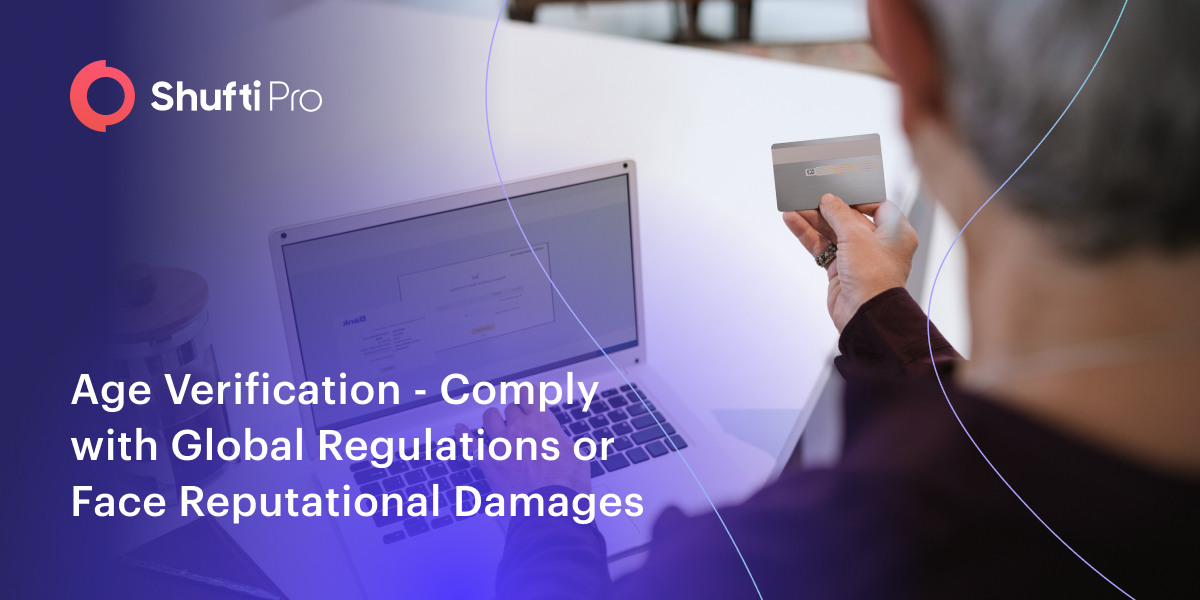 Explore More
Explore More
Blog
California Privacy Rights Act – What Businesses Must Do to Comply
The California Privacy Rights Act (CPRA), also known as Proposition 24, was approved on November ...
 Explore More
Explore More
Blog
Identity Verification | A Complete Guide to Compliance and Risks
The United Nations says $2 trillion is laundered globally every year. Of that, less than 10% is d...
 Explore More
Explore More
Blog
Metaverse and Meta Criminals – Is it Possible to Secure Identities with IDV?
Ever since Mark Zuckerberg changed Facebook’s name to Meta, the acronym “metaverse” has taken ove...
 Explore More
Explore More
Blog
Dirty Funds & Tax Evasion – Can the Crypto Sector Be Safeguarded?
2021 has turned out to be another eventful year for the cryptocurrency sector. In just a span of ...
 Explore More
Explore More
Blog
Shufti’s Ongoing AML Solution to Prevent Transaction Laundering
Online financial criminals are always finding newer ways to exploit financial infrastructures in ...
 Explore More
Explore More
Blog
China’s Data Protection and Privacy Laws | 2023 Update
China has witnessed massive growth in the last few decades. However, the rise of the digital econ...
 Explore More
Explore More
Blog
NFTs, Art Market – What Investors Need to Know About ID Verification
In recent years, Non-Fungible Tokens (NFTs) have gained global attraction from individuals as wel...
 Explore More
Explore More
Blog
Risk Assessment: Building Trust in Crypto Exchanges
Other than following AML and KYC laws, crypto exchanges have a huge responsibility on their shoul...
 Explore More
Explore More
Blog
E-Learning Platforms and Prevailing Crimes – How Shufti Can Help
The global pandemic is prompting a phenomenal increase in online service. From doing groceries to...
 Explore More
Explore More
Blog
6AMLD of EU – A detailed insight
European union’s another anti-money laundering directive is in the pipeline. And this time the un...
 Explore More
Explore More
Blog
Know Your Donor (KYD) – Eradicating Financial Crimes in NPOs and Charity Organizations
In 2020, US citizens alone donated more than $471 billion to charities. This generosity ultimatel...
 Explore More
Explore More
Blog, Identity & KYC
Digital KYC Streamlines Customer On-boarding Process
Shufti brings forth digital KYC verification services to perform identity verification proces...
 Explore More
Explore More
Blog
KYC & AML – A Top Priority for Soaring Buy Now, Pay Later Services
In today’s credit-thirsty world, Buy Now, Pay Later has emerged as a clear winner, forever changi...
 Explore More
Explore More
Blog
Online Age Verification Service: Children’s Digital Privacy amid COVID-19
The meteoric rise in the adoption of digital technology has influenced every phase of modern huma...
 Explore More
Explore More
Blog
What is Biometric Consent Authentication?
Biometric Consent Authentication is a modernistic approach to counter the increasing number of id...
 Explore More
Explore More
Blog
A Brief Insight into Netherlands’ Cryptocurrency Regulations
Just like other European countries, the Netherlands is also a notable financial center making it ...
 Explore More
Explore More
Blog
Transaction Screening: The Benefits and Challenges
Financial crimes are rising, wreaking havoc on organisations and individuals. The fraud rate has ...
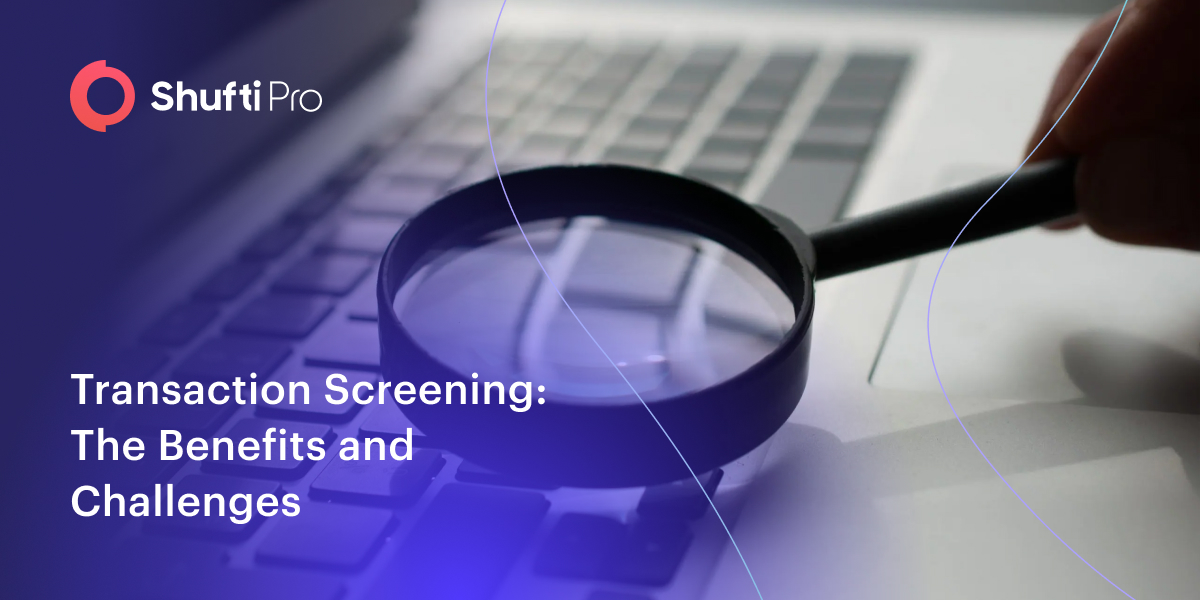 Explore More
Explore More
Blog
Ensure Digital Security with e-KYC Solutions
In today’s world where the distances have been reduced considerably with the advancement of techn...
 Explore More
Explore More

